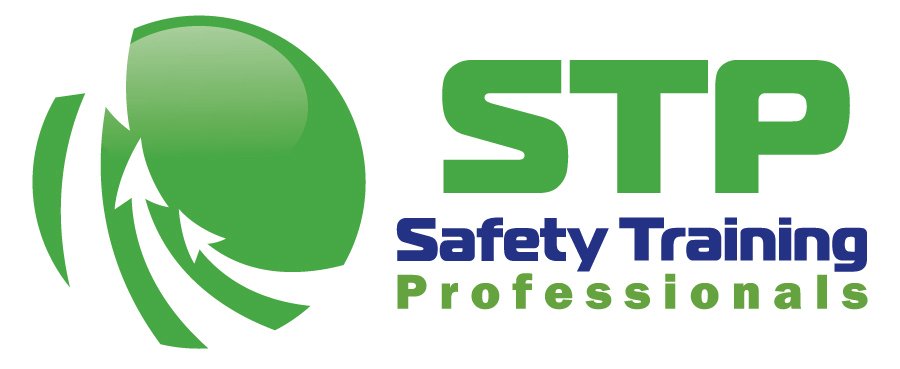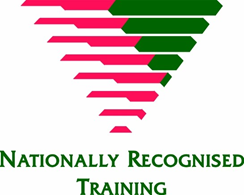- Working at Height
Working at Height Training - $200
RIIWHS204E Work Safely at Height
Course Details
Duration: 6-8 Hours
Delivery Mode: Face to face
Where: Unit 2, 84 Solomon Road, Jandakot WA 6164.
Amenities: Tea, coffee and biscuits are provided. Kitchen facilities are available for those who wish to bring their own lunch. A lunch bar is 100m away.
Group bookings are available at your site or ours. Please contact our office on 08 94178888 or email admin@stp.net.au for pricing and site requirements. Up to 10 participants per group.
Work Safely at Heights is aimed to provide participants with the knowledge and skills to work safely at height. It includes: identifying the height safety hazard, correctly inspecting and donning a harness as well as performing work at heights. Generating a JSA and rescue plan for the practical scenarios are also conducted.
Student Requirements
Students must have the language, literacy, numeracy (LLN) and physical capabilities to meet the performance criteria of this unit. (For further information or if you have any concerns regarding LLN and/or physical capabilities please contact the office)
Participants must have the ability to read and write English and be able to perform practical and theoretical assessment as required.
Students must wear standard work wear, enclosed safety shoes, long shirt and pants.
Pre-Requisites
There are no pre-requisite units for this course.
Designed For
This Unit is recommended for participants who are required to work at height, especially those who may be required to stand-by on scaffolding, EWP or large equipment.
Upon Completion
Upon successful completion of this course, each participant will receive a nationally recognised Statement of Attainment and wallet sized card for:
RIIWHS204E Work Safely at Height
Course Outline
Induction and enrolment
Reference documents / legislation
Statistics for working at height
Connectors
Energy absorbers
Correct inspection and donning of Harnesses
Fall arrest devices
Roles and responsibilities of key personnel
Identification of risks and suitable controls
Fall Injury Prevention Systems (FIPS)
Estimating safe fall distances / clearances
Emergency procedures
Anchor point requirements
Safe use of ladders
Practical exercises (various height applications)
Assessment of students’ competence

